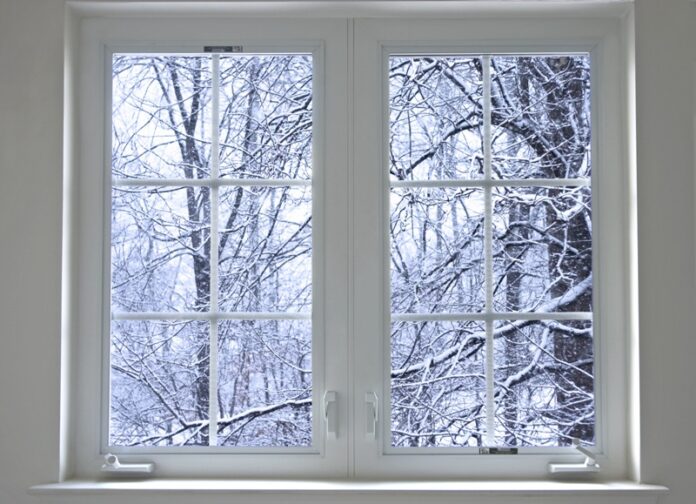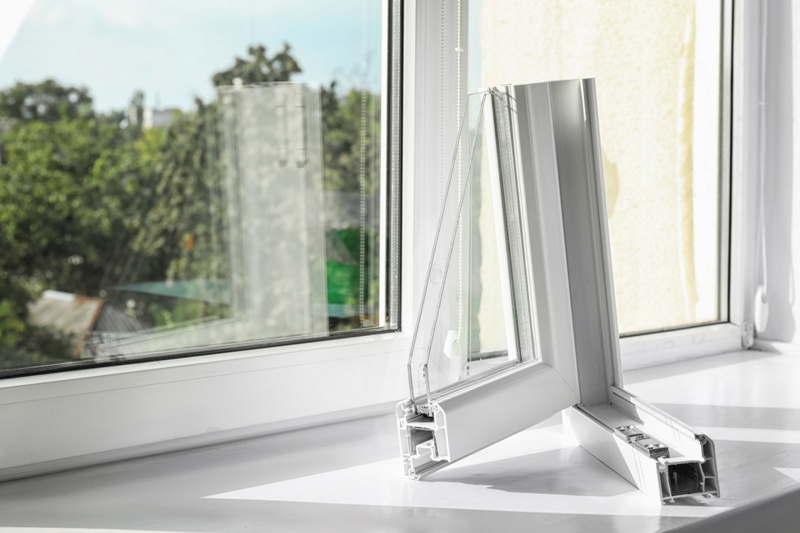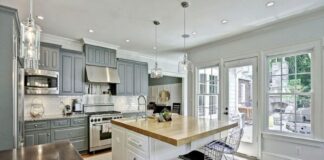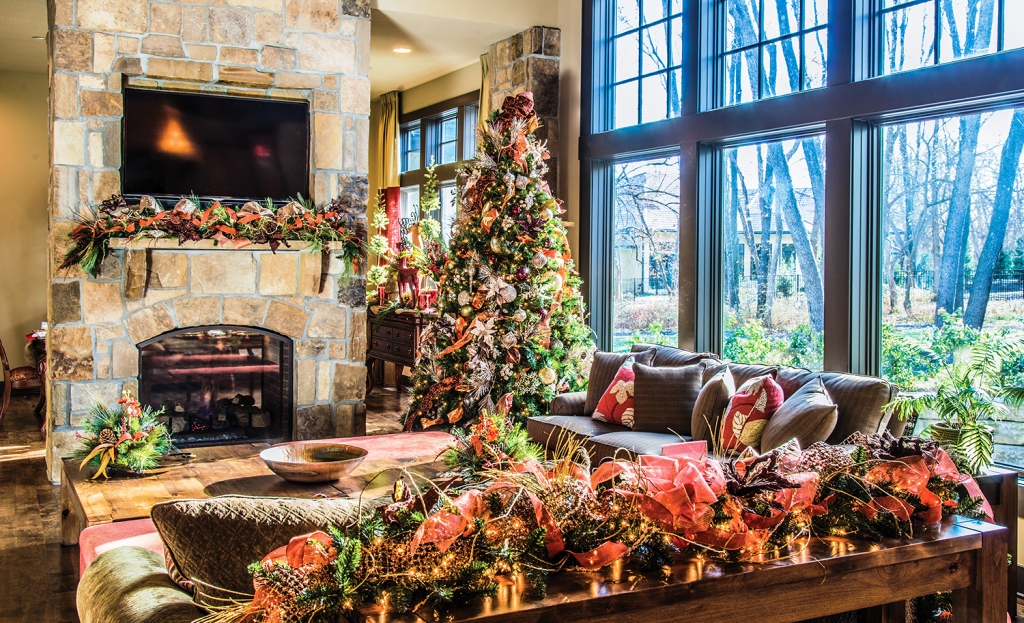When it comes to building or renovating your residential building or home, there are a few things that you’ll need to take into consideration—one of these is the weather. Places such as Canada or Northern America are known for their colder climates; if you’re building your home in one of these areas, you’ll want to look for the best option for heat regulation in your walls and windows. There are two major things to keep in mind when choosing windows for cold climates: the window glass and the window frames.
If you’re looking to keep your family warm during the brisk Canadian winters, you’ve come to the right place. Let’s have a look through these factors in more detail, to get a better idea of how to choose the best residential windows for cold climates.
Window glass
The glazing you choose for your window glass can be just as important as the frame. In most climates, single-glazed windows aren’t enough, let alone cold climates, and most professionals wouldn’t recommend this option. Your other choices might include double-glazed, triple-glazed, safety laminated glass, obscured glass, and insulated glass. Out of all these glasses, double, triple, and insulated are considered the best options for cold climates.
What it really comes down to is choosing the right glass along with the right frame. For example, you could opt for double-glazed vinyl casement windows, or triple-glazed wood-clad aluminum windows. To understand these terms a little better, let’s go over some of the different types of window glass and frames.
Double-glazed glass
Double-glazed windows have two panes of glass, so they’re made with both insulation and noise-reduction in mind. They can retain heat and keep out the cold very effectively, due to the insulation provided by the space between the glass. Like most glass options that offer some form of insulation, double glazing helps to save energy and the associated costs, minimizing your carbon footprint. Double-glazed glass also lets in just as much light as single-glazed glass. Installing them, however, is quite expensive, priced at 10-25% more than single-pane windows. Because of its stronger insulation properties, though, it is still used more widely for residential windows than single-pane. (1)
Triple glazed glass
This kind of window is made up of three panes of glass, which makes it even more efficient at keeping heat in and cold air out. This is probably the most used and well-known option for colder climates, where the majority of the year is spent trying to heat the living space. It also helps with noise-reduction to an even larger extent than double-glazing. Not only do many cite this as the best option for cold climates, it’s also a great option for anyone concerned about the environment. Only a small portion of homes actually utilize triple-glazing. According to a survey conducted by the U.S. department of energy, only 4% of homes have triple-glazed windows, whereas 59% have double-glazed windows. (2)
Insulated glass
Insulated glass is every environmentalist’s best friend, as it is very energy-efficient. It is optimized specifically for conserving energy. Even the method used to make it is sometimes energy-conscious. Manufacturers improve the thermal performance of insulated glass through a process called gas fill. This is where they fill the space between the glass panes with non-toxic, non-reactive, inert gases.
These gases have a strong resistance to heat flow, and are sealed between the window panes to decrease the rate of heat loss. Unfortunately, most insulated glasses are made differently, so you’ll want to do your research on energy ratings before making any decisions. They are, however, a great choice for exterior glass, as they help to keep your heating and cooling costs down. (3)
Window frames
Along with the glass itself, you’ll need to choose the right window frame for your residential building. 25% of the average U.S. household’s energy bills are due to inefficient windows, skylights, and doors. So, choosing the right residential windows, including frames and glass, can be crucial for long-term household costs. The general rule of thumb when looking at options for colder climates is to hold aluminum at an arm’s length. Aluminum does little to stop the transfer of heat, and in winter, the heat from your home may be sucked out very easily through aluminum frames. This could result in very high heating costs. It can, however, be used in composite with other materials. (4)
Options for window frames include:
Wood and wood-clad frames
Wood is overall the best insulator, but harsh weather can take a toll on wooden frames over time. This is why wooden frames paired with either vinyl or aluminum cladding often work best, because you still get the insulation that the wood provides, but it’s protected on the outside from the elements.
Vinyl
Vinyl frames are used most commonly to keep heat inside your home. They’ve been said to handle the harsh elements of cold weather such as freezing rain, ice, and snow very well. Vinyl won’t warp easily, or start cracking when temperatures fluctuate between warm and cold.
Composite frames
Composite frames are simply the combination of two or more framing materials to take advantage of the best features of both. The most common composite frame is actually wood clad in aluminum, as mentioned above. These composite options tend to offer the best U-factor, which essentially determines how insulated a particular window is. (5)
Fiberglass frames
Fiberglass frames are quite similar to vinyl window frames, but they often cost more. It’s all essentially relative to the quality of the materials that you’re using; fiberglass works just as well as quality vinyl, but usually better than cheap vinyl. Fiberglass is made with glass fibers and resin that doesn’t contract or expand during cold and warm weather. It holds similar principles to vinyl; it’s simply made from different materials.
The ultimate goal for your home when living in cold climate areas such as Canada is to stay warm and to keep the cold air out. When building or updating your home, you must consider both the glass type and the kind of window frame to go with it if you want the best residential windows possible. For optimal results, the trick is to utilize the best features of different types of glasses and frames. You can use double or triple-glazed insulated glass, with a composite frame that utilizes the protection of vinyl, aluminum, or fiberglass, and the insulation properties of wood.



















